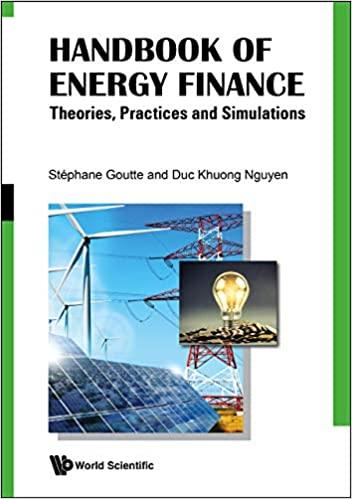Consider the following income statement of a venture that is expected to continue indefinitely but is not expected to grow. The numbers in the income statement are expected to be the same each year. New capital expenditures are expected to exactly offset depreciation expenses so that net income is equal to equity cash flow. The capital structure of the venture is expected to be constant. Suppose the risk-free rate of interest is 5 percent, the market risk premium is 6 percent, and the corporate tax rate is 35%. The venture's equity has a beta of 1.25 and its debt has a beta of 0.25. 1. Compute the cost of equity and the value of a perpetuity of the expected cash flows to equity (Refer to Tables 9.1 and 9.2 if needed). 2. Compute the cost of debt and the value of a perpetuity of the expected cash flows to debt. 3. Assuming that the value of total assets is equal to the value of debt plus the value of equity, compute the total value of the venture. Use the total value to compute the cost of capital for the assets and the asset beta. 4. Using total capital cash flows (cash flow to all investors) and the asset cost of capital, estimate firm value based on the perpetuity of expected earnings. How does it compare to the value you computed by adding up the debt and equity values? 5. Compute the venture's weighted average cost of capital (WACC). Compute its expected cash flows as if it were all-equity financed. What is the estimated value of the venture if you value the perpetuity of hypothetical cash flows (unlevered free cash flow) at the WACC? 6. Your value results should be consistent across all approaches. Why do you think they are? What do you think might be different if the venture were expected to grow? Consider the following income statement of a venture that is expected to continue indefinitely but is not expected to grow. The numbers in the income statement are expected to be the same each year. New capital expenditures are expected to exactly offset depreciation expenses so that net income is equal to equity cash flow. The capital structure of the venture is expected to be constant. Suppose the risk-free rate of interest is 5 percent, the market risk premium is 6 percent, and the corporate tax rate is 35%. The venture's equity has a beta of 1.25 and its debt has a beta of 0.25. 1. Compute the cost of equity and the value of a perpetuity of the expected cash flows to equity (Refer to Tables 9.1 and 9.2 if needed). 2. Compute the cost of debt and the value of a perpetuity of the expected cash flows to debt. 3. Assuming that the value of total assets is equal to the value of debt plus the value of equity, compute the total value of the venture. Use the total value to compute the cost of capital for the assets and the asset beta. 4. Using total capital cash flows (cash flow to all investors) and the asset cost of capital, estimate firm value based on the perpetuity of expected earnings. How does it compare to the value you computed by adding up the debt and equity values? 5. Compute the venture's weighted average cost of capital (WACC). Compute its expected cash flows as if it were all-equity financed. What is the estimated value of the venture if you value the perpetuity of hypothetical cash flows (unlevered free cash flow) at the WACC? 6. Your value results should be consistent across all approaches. Why do you think they are? What do you think might be different if the venture were expected to grow








